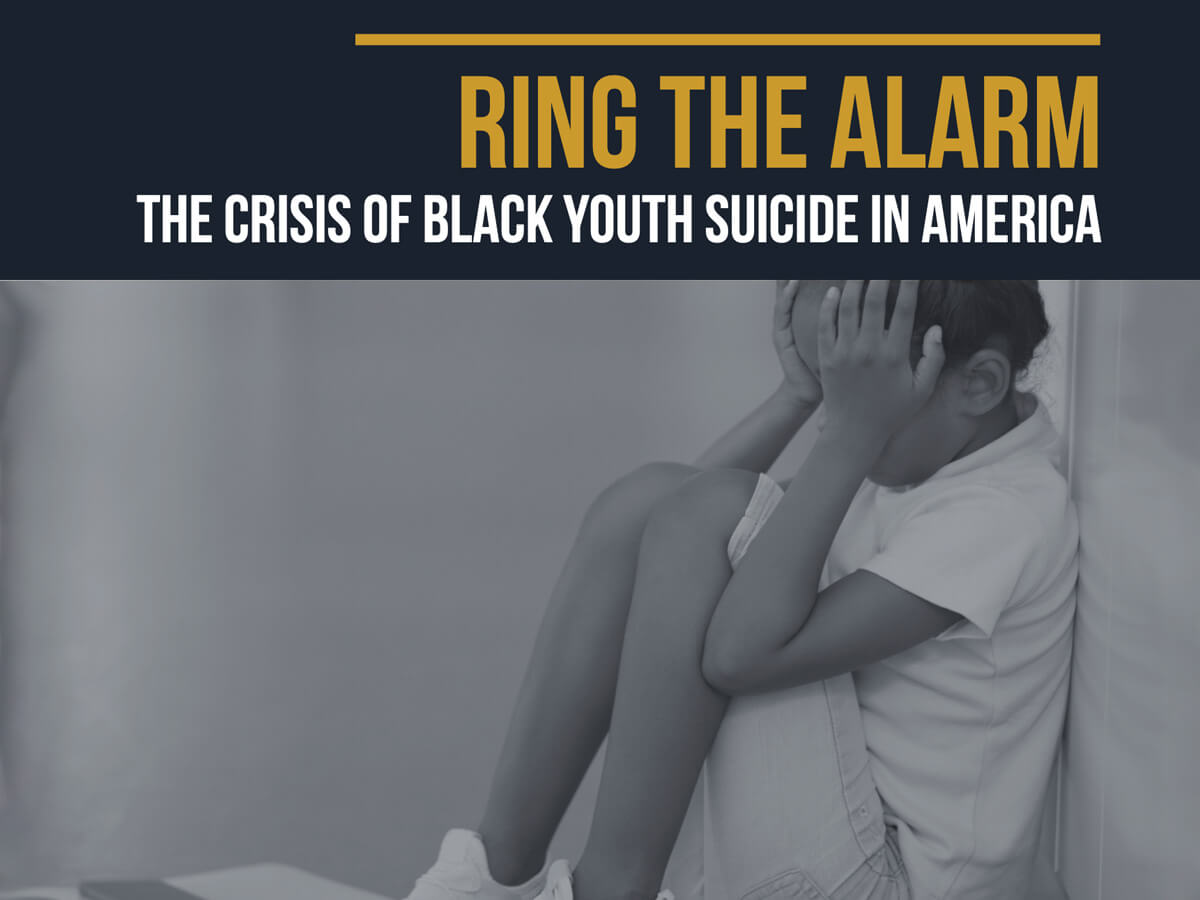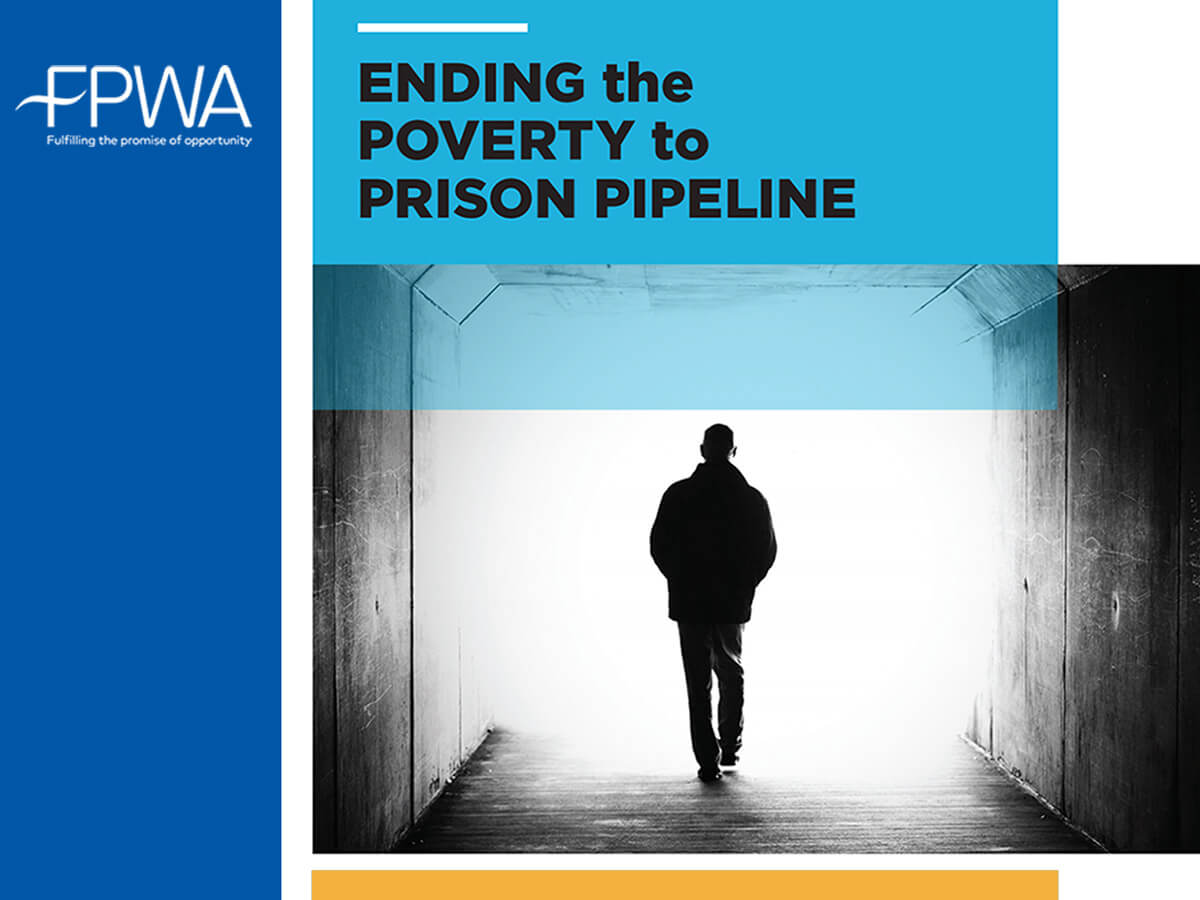The mental health needs of students must be addressed amid the COVID-19 pandemic, major disruptions to the way they attend school, economic upheaval and a national reckoning around racial injustice, with students of color being especially vulnerable.
Following the January 18, 2021 panel discussion, “Ring the Alarm: Mental Health & Black Youth – What Parents, School Personnel and the Community Should Know,” we have compiled the following data and resources relating to the challenges faced by Black children and teens.
 Meet the Experts
Meet the Experts
Dr. Riana Elyse Anderson
Assistant Professor, University of Michigan School of Public Health
Dr. Donna Holland Barnes
Associate Professor, Department of Psychiatry, Howard University
Jeff Ginsburg
Executive Director, East Harlem Tutorial Program (EHTP)
Dr. Donna Jones
Superintendent, Patchogue-Medford School District, NY
Anne Williams-Isom
Dumpson Chair in Child Welfare, Graduate School of Social Services, Fordham University
Dr. Michael A. Lindsey
Executive Director, NYU McSilver Institute
Dr. Christina Greer, Moderator
Associate Professor, Fordham University
Co-Host, FAQ-NYC
Politics Editor, TheGrio
Download a PDF of the slides from this event.
 Unmet Mental Health Needs
Unmet Mental Health Needs
 Fifty percent of 465 ninth-grade Black adolescents surveyed in a 2010 study, led by McSilver Institute Executive Director Dr. Michael A. Lindsey, had mental health needs, but only 20 percent of those Black youth received treatment. Source: Journal of Adolescent Health
Fifty percent of 465 ninth-grade Black adolescents surveyed in a 2010 study, led by McSilver Institute Executive Director Dr. Michael A. Lindsey, had mental health needs, but only 20 percent of those Black youth received treatment. Source: Journal of Adolescent Health
Black youth may express their depression symptoms differently than White youth, such as through “externalizing behaviors” (e.g. behavioral and conduct problems). Or they may complain of stomach aches or headaches (somatic symptoms). Source: CBC Emergency Taskforce on Black Youth Suicide and Mental Health: Ring the Alarm
Black youth are more likely to be referred to inpatient mental health services than white youth or pushed into the juvenile justice system where access to adequate treatment is even less available. Source: CBC: Ring the Alarm
A 2019 NYU McSilver study found that self-reported suicide attempts for Black adolescents were on the rise, and a further look at the data revealed that increase was 73 percent between 1991 and 2017. By comparison self-reported attempts fell in other groups: by 7.5 percent in White adolescents, 11.4 percent in Hispanic teens, 56 percent in Asian teens and 4.8 percent in American Indian/Alaska Native teens.
Further, the study found:
- Self-reported suicide attempts increased at an accelerating rate in Black female teenagers, even as overall female suicide attempts declined.
- There was a significant increase in injuries from self-reported suicide attempts in Black male teenagers.
Source: Pediatrics
 School-to-Prison Pipeline
School-to-Prison Pipeline
 According to an FPWA report, to which NYU McSilver contributed, “Students of color have been subjected to more frequent and more punitive disciplinary actions than White students for the same offense. This has resulted in higher rates of suspension, expulsion, stigmatization, arrests, and referrals into juvenile and adult criminal justice systems….This racially biased disciplinary treatment is characterized as the School-to-Prison pipeline.” Source: Ending the Poverty to Prison Pipeline
According to an FPWA report, to which NYU McSilver contributed, “Students of color have been subjected to more frequent and more punitive disciplinary actions than White students for the same offense. This has resulted in higher rates of suspension, expulsion, stigmatization, arrests, and referrals into juvenile and adult criminal justice systems….This racially biased disciplinary treatment is characterized as the School-to-Prison pipeline.” Source: Ending the Poverty to Prison Pipeline
 Impacts of COVID-19 and Racial Injustice
Impacts of COVID-19 and Racial Injustice
In June 2020, 25.5% of young people ages 18-24 reported that they had “seriously considered suicide” in the previous 30 days, according to CDC data. So did 18.6% of Hispanic people and 15.1% of Black people. This compared with 10.1% overall.
52% of Hispanic people and 44% of African Americans (ages 18 +) report having mental health or behavioral health symptoms related to COVID-19 pandemic, compared with 38% of whites, according to the same report.
In a 2018 study published in Lancet, Jacob Bor and colleagues looked at police killings of unarmed Blacks and found that if you live near or in the vicinity of a police killing of an unarmed black person, Black people were likely to report poor mental health days related to the killing; while white people were not.
 Mental Health Services and Schools
Mental Health Services and Schools
Schools are “the de facto mental health system for many children and adolescents,” delivering mental health services to 57 percent of adolescents who require care, according to the authors of an April 2020 study. Source: JAMA Pediatrics
Young people who have access to school-based mental health services are 21 times more likely to seek care for mental health reasons than to seek mental health services in the community, according to a 2003 study. Source: Journal of Adolescent Health
Yet nationally, in schools that do have a counselor the ratio is closer to one per 400 students. In majority-minority schools it was one per 390 per students, and one per 370 students in other schools as of 2016. Source: US Department of Education
 Solutions
Solutions
We need more social workers proportionate to the school population and they must be trained to deliver services in the current learning environment during the COVID-19 pandemic. Source: CBC: Ring the Alarm
 Resources
Resources
- CBC Emergency Taskforce on Black Youth Suicide and Mental Health: Ring the Alarm
- FPWA: Ending the Poverty to Prison Pipeline
- McSilver: Resources for Coping with and Understanding the Impact of Trauma, Stress and COVID-19
- Central East Mental Health Technology Transfer Center/Danya Institute/NYU McSilver Institute: Fact Sheet on Black Youth Suicide and Mental Health
- Central East Mental Health Technology Transfer Center/Danya Institute/NYU McSilver Institute: Fact Sheet on effects of COVID-19 on Child Mental Health
 Getting Help
Getting Help
- American Foundation for Suicide Prevention – Crisis Text Line by texting TALK to 741741.
- The Steve Fund – Text STEVE to 741741 for a culturally-trained Crisis Text Line counselor.
- Trevor Project (For LGBTQ youth) – 1-866-488-7386
More About This Forum
Black children and teens face unprecedented challenges to their mental well-being during this time of COVID-19 and racial justice reckoning. Parents, educators, community members and young people themselves all seek the tools to help them cope better. What long-term and immediate trends do experts see in mental health, and what actions can we take to help Black youth thrive? A recording of this event will be made available after the program ends.
This community forum was hosted by:
- The Greater New York Chapter of the Links, Inc.
- NYU McSilver Institute for Poverty Policy and Research
- One Hundred Black Men of New York
- East Harlem Tutorial Program
- Boys & Girls Club of Harlem
Please contact mcsilver@nyu.edu with any questions about the program or accessibility accommodations.